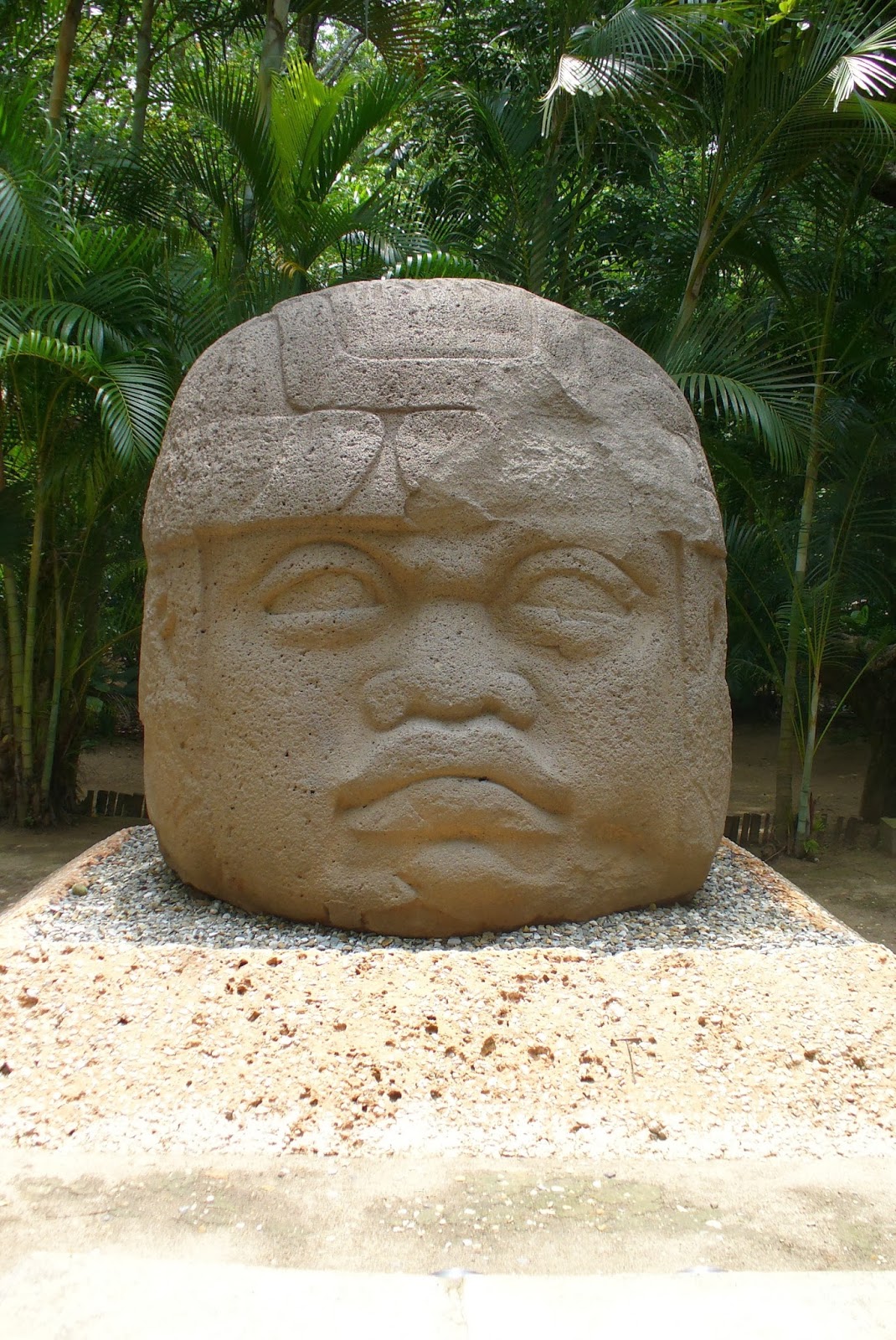Some people go to college to make money, others, to make a difference.
I started out as a money-motivated college student. Chasing the ever elusive brass ring of financial stability and social status, I worked my way into politics and business during my time at the university. I was elected to hold an office in the campus arm of a major political party, I worked part-time at a bank and then at a law firm, and I carefully constructed a life in which I could move easily between reclusivity and opportunistic friendships. I was well on my way to becoming the high-powered attorney I thought I would be--that rugged individualist workaholic who blazed through the professional sphere, shaking up norms and taking no prisoners.
Somehow all of that changed.
I don't know how it happened, or exactly when, but in the year I took off between graduation and law school I began to realize that there was an incredible world all around me worth exploring before settling into the rigid expectations of the career path I was pursing. For the first time, I traveled in Europe, eventually deciding that I would attend graduate school in Amsterdam. And I almost did attend school there, except for a fortuitous turn of events that brought me back to settle in my hometown.
And here I sit. Writing thoughts on a page that I'm not sure how many will actually read, unaware of how many people I might inspire or help. My motivation has completely shifted from wanting to make money to wanting to make a difference. My audience? Middle school students. And if I'm lucky, you, too, will be changed by reading what I write.
My travel experience and my language background led me to become a bilingual educator instead of the wildcat attorney I thought I would be. In exploring the world, I developed a sense of my place in it and I wanted to help others do the same. My selfishness slowly turned into selflessness and I became more interested in bringing opportunities to my students, who generally come from financial hardship and instability.
Demographically, these students have systemically been denied the kinds of opportunities I forged for myself--access to an appropriate and responsive public education that supports them in gaining access to higher education, access to that expensive higher education, and access to travel opportunities that help foster the sense of interconnectedness and shared global responsibility that is crucial to addressing our 21st century problems. I am no longer blazing the trail for myself; now the trail is for my students.
This trail has come at a cost. Becoming an educator was as expensive as becoming a lawyer, but with a fraction of the salary. Unforgiving student loans, at credit card interest rates, plague me every step of the way, and I live in a precarious balance between wanting to forge ahead in this work or to choose a different path altogether.
Fortunately, there are just enough opportunities for travel and extending my own education that help me rise above the financial struggle of life as a teacher in America. Every time I travel to a foreign location, I am humbled by the immensity of our planet and reminded of my responsibility to teach others about the life lessons I am learning. I realize that my own situation is minuscule compared to the greater needs of others across the globe. I am inspired by people who live in harmony with the Earth and whose judgement is not clouded by delusions of money or grandeur. Throughout our world, there are many forms of mind and many ways to live happily beyond what we see here in our own location.
Every day that I am in my classroom working with students I am reminded of the importance of my work. To see my students get excited about possibility and opportunity is an eternal gift. To challenge them to see a bigger picture beyond their immediate surroundings and to listen as they develop their own opinions and voice regarding meaningful topics is the reward. To know that our future is a little bit brighter because these young visionaries are in it is the payment.
On this path that I have chosen, I might not make money, but I certainly do make a difference.
